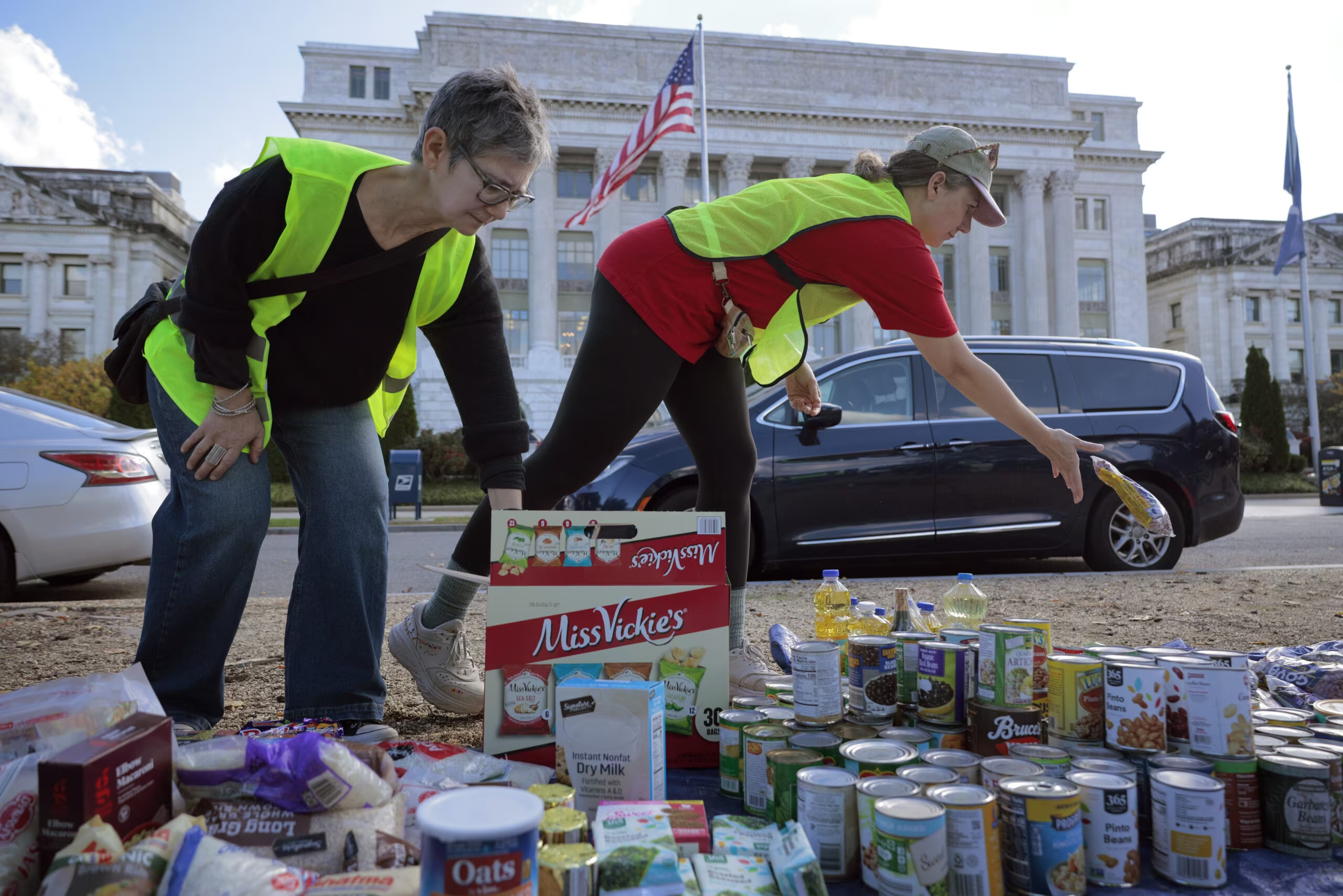Judicial Intervention Mandated Immediate Plan for SNAP Benefits
A federal court delivered a decisive order to the Trump administration, requiring the U.S. Department of Agriculture (USDA) to immediately formulate a strategy for the continued payment of Supplemental Nutrition Assistance Program (SNAP) benefits. This judicial mandate, issued by Judge Indira Talwani, set a strict deadline—“no later than Monday”—for the administration to present a viable plan to protect the food security of approximately 42 million low-income Americans.
The ruling underscored the critical nature of the federal food assistance program and acknowledged the immense potential harm caused by any disruption. The order required the administration to detail precisely how it would provide at least partial benefits to beneficiaries, emphasizing the government’s legal responsibility to maintain essential services.
The Urgency of the Court Order
Judge Talwani’s intervention was a direct response to the potential for a lapse in federal funding that threatened the distribution of SNAP benefits, often referred to as food stamps. The judge recognized that the failure to disburse these funds would have immediate and severe consequences for millions of families, children, and seniors who rely on the program for basic nutrition.

The court’s directive was not merely a request but a legal requirement for the administration to demonstrate a concrete solution. The “no later than Monday” deadline highlighted the time-sensitive nature of the crisis, forcing the USDA to prioritize the continuity of the benefit payments.
Key Requirements of the Mandate
The order focused on ensuring the mechanism for payment remained intact, regardless of administrative or budgetary challenges. The USDA was compelled to address:
- Continuity of Service: How to ensure that the 42 million people currently enrolled in SNAP would receive their scheduled benefits without interruption.
- Partial Payment Strategy: If full payments were impossible, the plan needed to detail how at least partial benefits would be distributed to mitigate immediate hunger and hardship.
- Timeline and Logistics: A clear, actionable timeline for implementation, demonstrating the feasibility of the plan by the court-imposed deadline.
Understanding the Stakes: The SNAP Program
SNAP is the largest federal nutrition assistance program, playing a crucial role in the national safety net. Administered by the USDA, it provides monthly benefits loaded onto Electronic Benefit Transfer (EBT) cards, which can be used like debit cards to purchase eligible food items at authorized retailers.
The Scale of the Program
At the time of the ruling, the program served a vast and vulnerable population, making any disruption highly impactful:
- Beneficiaries: Approximately 42 million individuals relied on SNAP benefits.
- Economic Impact: SNAP benefits not only support families but also inject billions of dollars into local economies through grocery purchases.
- Vulnerability: The program primarily serves households with gross monthly incomes at or below 130% of the federal poverty line, meaning beneficiaries often have little to no financial cushion to absorb a loss of benefits.

The USDA’s Role and Response
The USDA, through its Food and Nutrition Service (FNS), is responsible for overseeing the SNAP program in partnership with state agencies. When faced with the judicial order, the agency was required to quickly reconcile its administrative capabilities with the court’s demands.
While the specifics of the administration’s internal deliberations were not immediately public, the urgency of Judge Talwani’s order meant that high-level planning was required to prevent a catastrophic failure in the delivery of federal aid.
“The court’s action was a necessary safeguard to prevent a humanitarian crisis for millions of Americans who depend on these funds for their daily sustenance. The deadline was a clear signal that the courts would not tolerate bureaucratic delays that jeopardized public welfare.”
This judicial oversight served as a critical check on the executive branch, ensuring that essential safety net programs were protected during periods of administrative uncertainty or budgetary constraints.
Implications and Precedent
The ruling by Judge Talwani established a significant precedent regarding the judiciary’s power to intervene in the administration of federal benefits. It reinforced the principle that the government has an affirmative duty to ensure the continuity of critical aid programs, particularly when the failure to do so would result in irreparable harm to vulnerable populations.
This event highlighted the fragility of federal assistance programs when faced with political or budgetary impasses. For beneficiaries, the news brought temporary relief, confirming that the courts were actively monitoring and protecting their access to essential food resources.
Broader Context of Federal Benefits
This situation was not isolated. Federal benefit programs, including SNAP, WIC (Women, Infants, and Children), and others, often face administrative challenges. The court’s ruling provided a template for how the judicial system could mandate action to protect beneficiaries when the mechanisms of government fail to function smoothly.
Key Takeaways
- Judicial Mandate: Federal Judge Indira Talwani ordered the Trump administration’s USDA to create a plan for SNAP benefit payments.
- Strict Deadline: The administration was given until “no later than Monday” to present a viable strategy.
- Affected Population: The order directly impacted the food security of approximately 42 million low-income Americans.
- Program Importance: The ruling underscored the critical role of the SNAP program as a fundamental component of the national safety net.
- Precedent: The intervention set a precedent for judicial oversight in ensuring the continuity of essential federal aid programs.
Conclusion
The court’s swift action during the Trump administration to compel the USDA to secure SNAP funding was a powerful affirmation of the government’s obligation to its most vulnerable citizens. By setting a non-negotiable deadline, Judge Talwani ensured that the potential disruption to food assistance for 42 million people was averted, providing a crucial layer of stability to a vital federal program.
What’s Next
Following the court order, the USDA was required to submit its plan, detailing the logistical steps taken to secure the funds and ensure timely disbursement. Future scrutiny focused on the long-term stability of the SNAP program and measures put in place to prevent similar crises, reinforcing the need for robust administrative planning within federal agencies responsible for public welfare.
Originally published: October 31, 2025
Editorial note: Our team reviewed and enhanced this coverage with AI-assisted tools and human editing to add helpful context while preserving verified facts and quotations from the original source.
We encourage you to consult the publisher above for the complete report and to reach out if you spot inaccuracies or compliance concerns.

